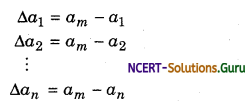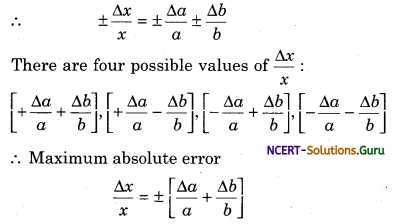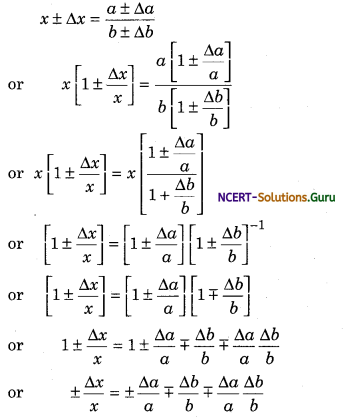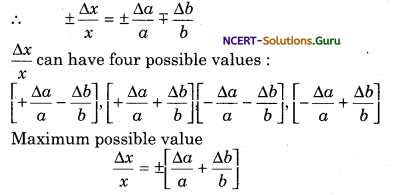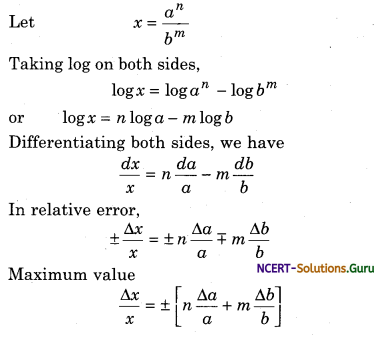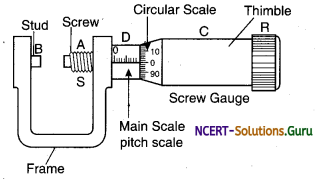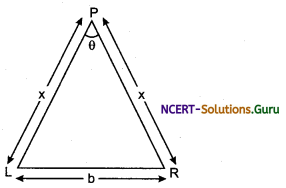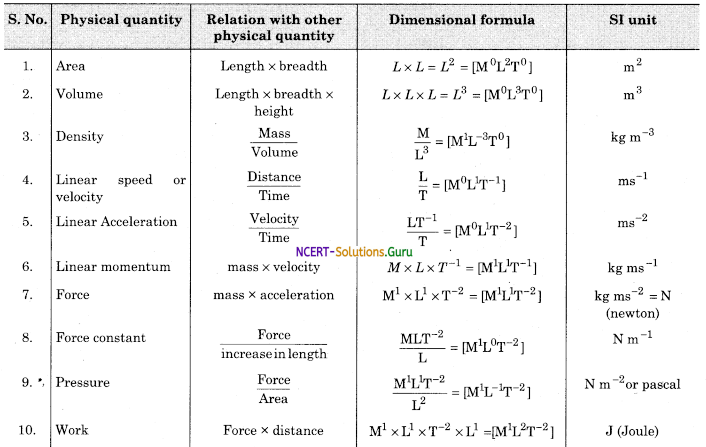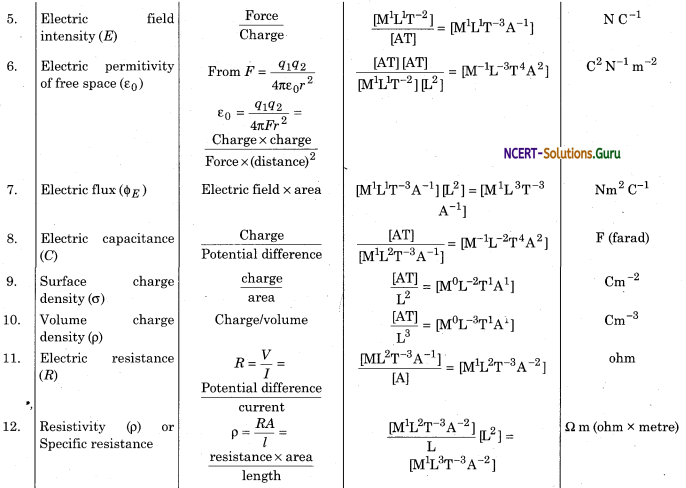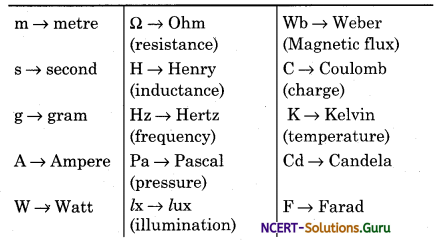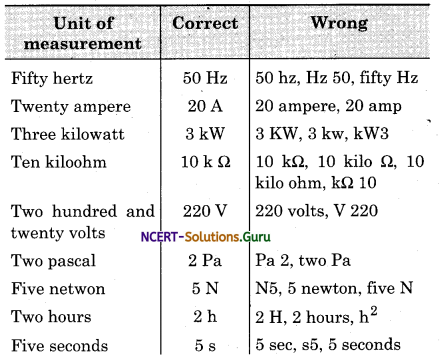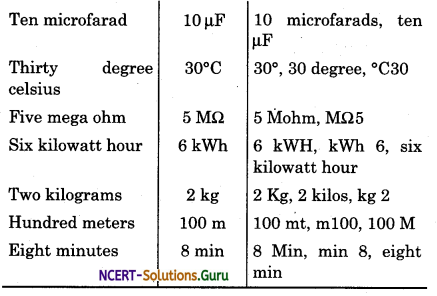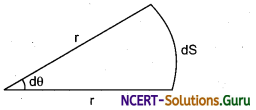Significant Figures and Rounding off The Digits Physics Notes
Significant Figures:
The significant figures express the accuracy with which the physical quantity may be expressed. They are the digits which give us useful information about the accuracy of measurement.
The greater the number of significant figures obtained when making a measurement, more accurate is the measurement, conversely, a measurement made to only few significant figure is not a very accurate one. For example, a recorded figure of 5.32 means the quantity can be relied on as accurate to three significant figures and a figure of 5.321 is said to be accurate to four significant number.
The following rules have been setup for determining the number of significant figures :
1. All non-zero digits are significant. 243.48 contains five significant figures.
2. All zeros occuring between two non-zero digits are significant.
3. All zeros to the right of a decimal point and to the left of a non-zero digit are never significant 0.00678 contains three significant figures. The single zero conventionally placed to the left of the decimal point in such an expression is also never significant.
4. (a) All zeros to the right of a decimal point are significant if they are not followed by a non-zero digit. For example 30.00 contains four significant figures.
(b) All zeros to the right of the last non-zero digit after the decimal point are significant. For Example 0.054300 contains five significant figures.
![]()
5. (a) All zeros to the right of the last (rightmost) non-zero digit are not significant. Ex. 3030 contains three significant figures.
(b) All zeros to the right of the last non-zero digit are significant, if they come from a measurement.
Suppose that the distance between two objects is measured to be 3030 m. Then 3030 m contains four significant figures.
Change of units does not change the number of significant figures in a measurement.
For example, the length x = 2.308 cm has four siginificant digits. In different units, the same length can be written as x = 23.08 mm: x = 0.00002308 km. All these numbers have the same number of significant figures namely four, the digits 2, 3, 0 and 8.
Significant figures in addition and subtraction:
The accuracy of a sum or a difference is limited to the accuracy of the least accurate observation in the addition and subtraction.
Rule: Do not retain a greater number of decimal places in a result computed from addition and subtraction than in observation; which has the fewest decimal places.
Illustration: Add and substract 428.5 and 17.23 with due regards to significant figures.
We have 428.5 + 17.23 = 445.73 and 428.5-17.23 = 411.27
But in physics, the sum and difference taken in this manner are discouraged. In fact, in the data 428.5, we have assumed zero to be in second place after decimal. The data 428.5 might have been written to first decimal only because of the inability of the instrument to measure it to the further accuracy. Therefore the choice of zero only in the second decimal place of data is not justified.
![]()
To add or subtract data in such a situation there are two methods:
1. By rounding off the answer: The data 428.5 is the weakest link as its value is known upto first decimal only. Therefore the answer should also be retained only up to first decimal place.
Sum = 428.5 +17.23 ⇒ 445.73
Difference = 428.5 -17.23 ⇒ 411.27
As said earlier, in case the second decimal is occupied by 5 or more than 5. The number in first decimal is increased by 1. On the other hand if the second decimal is occupied by a number less than 5. it is ignored.
Rounding off the result of the above sum and difference to first decimal, we have correct sum = 445.7 and correct difference = 411.3
2. By rounding off the other data: The result can also be obtained by rounding off the other data in accordance with the data. Which is the weakest link. The data 17.23 should be rounded off to 17.2 (3 in second decimal place is ignored) and the added to or substracted from 428.5. Thus we have:
correct sum ⇒ 428.5 + 17.2 ⇒ 445.7 and
correct difference ⇒ 428.5 -17.2 ⇒ 411.3
Significant figures in multiplication and division: The following rule applies for multiplication and division:
Rule: The least number of significant figure in any number of the problem determines the number of significant figures in the answers. This means you must know that to recognise significant figures in order to use this rule.
Rounding Off the Digits:
Rounding off a number is done to obtain its value with a definite number of significant figures. For this following are the rules:
- If the digit to drop is less than 5, then the preceding digit is not changed.
For e.g., 1.24 is rounded off to 1.2. - If the digit to drop is greater than 5, than the preceding digit is raised by 1.
For e.g., 19.48 is rounded off to 19.5. - If the digit to drop is 5 and the preceding digit is even, then it is not changed.
For e.g., 1.25 is rounded off to 1.2. - If the digit to drop is 5 and the preceding digit is odd, then it is increased by 1.
For e.g., 3.35 is rounded off to 3.4.
